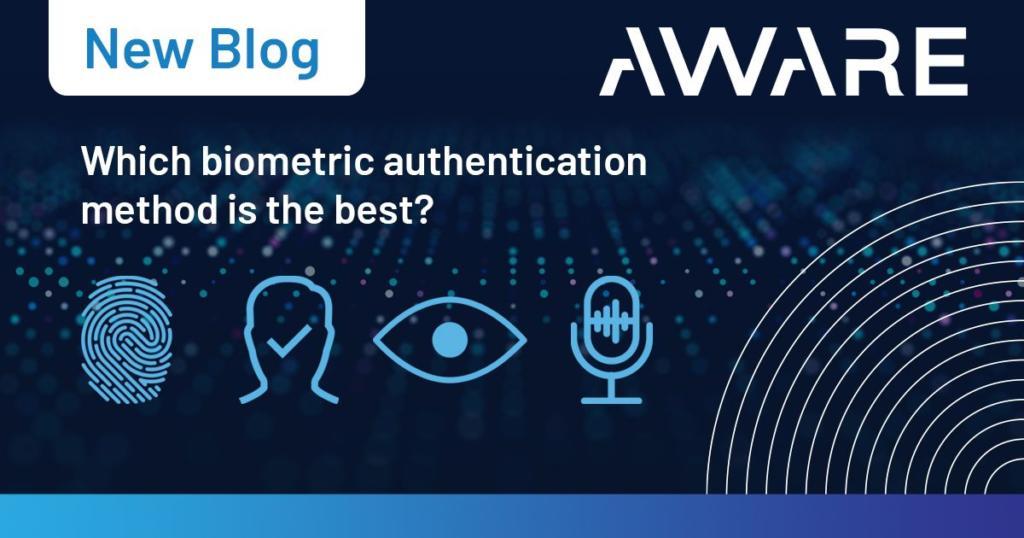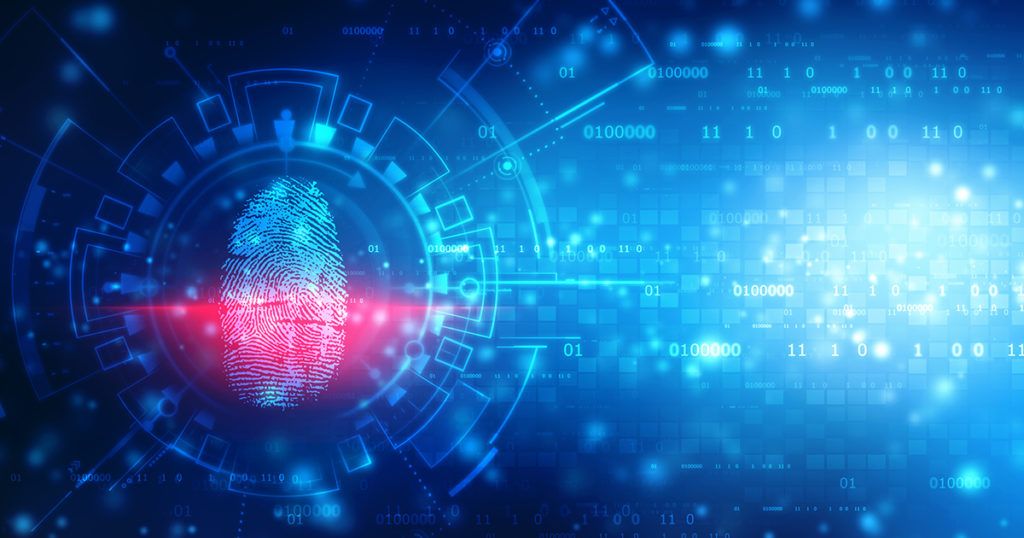In case you missed it, check out the 5 most popular blog posts from this year:
1. Which biometric authentication method is the best?
In the age of the digital world, security remains essential. Many organizations have set up rules in place to prevent weak and familiar passwords from being in use. However, these policies do not address password fatigue. A recent study sponsored by Yubico and conducted by Ponemon Institute concluded that despite the increasing concern regarding privacy and protection online, individuals and businesses are still falling short:
- 50% of IT respondents and 39% of individual users reuse passwords across workplace accounts
- 59% of IT security respondents report that their organization relies on human memory to manage passwords
- 56% of individuals will only adopt new technologies that are easy to use and significantly improve account security
Additionally, according to the report, respondents spend an average of 12.6 minutes each week or 10.9 hours per year entering and/or resetting passwords. This results in a productivity and labor loss of $5.2 million annually per company.
Continue reading →
2. The evolution of law enforcement biometrics
The evolution of law enforcement biometrics and crime prevention strategies has enhanced the rate at which law enforcement is able to bring justice for individuals impacted by crime. From fingerprinting to the creation of biometric databases of facial and iris recognition, law enforcement and biometric technology have had a long and seamless history.
The history of biometrics spans the course of centuries. Here are the highlights as it pertains to law enforcement: The earliest account of a biometric identification system can be traced as far back as 500BC in the Babylonian empire but the first record of wouldn’t be until 1800s Paris; Alphonse Bertillon developed a method of specific body measurements for the classification and comparison of criminals. Bertillon’s system was just the beginning, from there, Edward Henry was able to develop a fingerprinting standard called the Henry Classification System. The Henry Classification System quickly replaced Bertillon’s system and was used to identify criminals and as a form of signature on contracts.
Continue reading →
3. International Civil ID
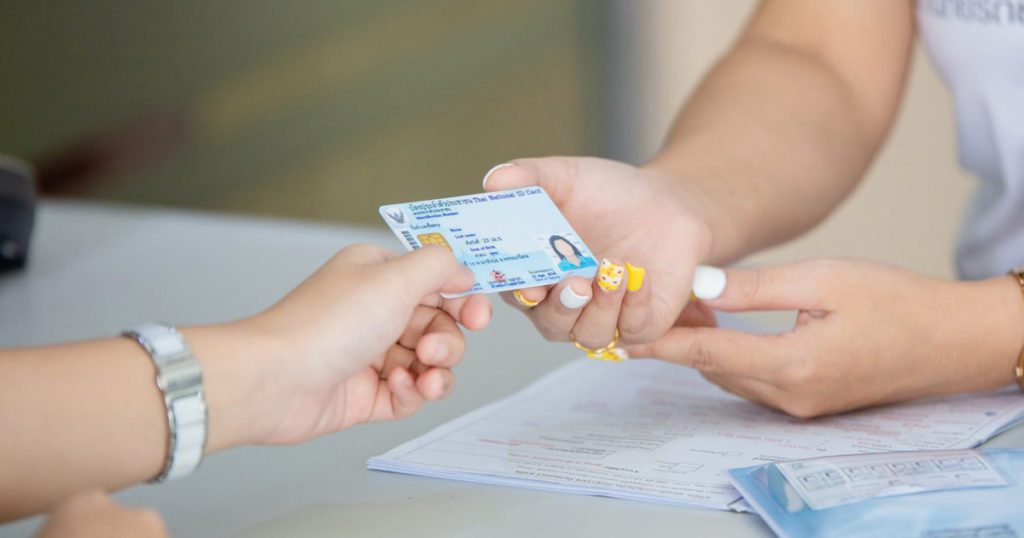 Have you ever thought about the process that it takes in order to obtain a passport? Get health insurance? Register to vote? In order to gain access all these government benefits (and more) you need to be identifiable to the government. This happens when you register for a national ID card or number, or any mandated identity verification method. These methods vary by country in approach and level of security. Biometrics can help ensure a more secure method to confirm that you are who you say you are in relation to civil identification.
Have you ever thought about the process that it takes in order to obtain a passport? Get health insurance? Register to vote? In order to gain access all these government benefits (and more) you need to be identifiable to the government. This happens when you register for a national ID card or number, or any mandated identity verification method. These methods vary by country in approach and level of security. Biometrics can help ensure a more secure method to confirm that you are who you say you are in relation to civil identification.
Civil Identification (Civil ID) is the establishment of a unique identity of an individual through the verification, registration, management and conservation of personal data.
This could be a unique identity number, signature, photograph or biometric data—in addition to existing biographic data. By gathering this information, the goal is to establish a unique civil identity in the public sector space for each individual. The purpose of it is for verification and authentication of citizen identities and permission to access to a benefit or service.
Continue reading →
4. Reaching the Next Level of Banking Security with Biometric Facial Recognition
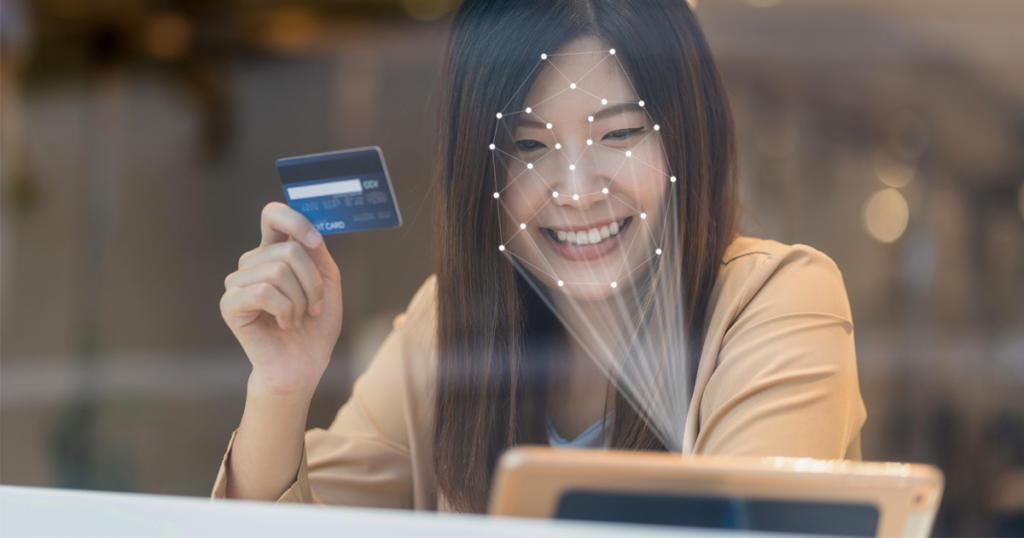 The number of identity fraud cases increased 16 percent between 2015 and 2016, according to Javelin Strategy & Research.
The number of identity fraud cases increased 16 percent between 2015 and 2016, according to Javelin Strategy & Research.
The finance sector still struggles to combat fraudsters. Despite increased adoption of EMV cards and robust password creation policies, banking customers are still falling victim to fraudsters, and it’s costing banks big. U.S. financial institutions alone lost $16 billion last year as a result of fraud.
The problem goes beyond North America. ACI Worldwide found 49 percent of Brazilians and 56 percent of Mexicans fell victim to card fraud last year.
What’s the solution? Pioneering financial institutions are starting to improve upon conventional authentication methods such as passwords and PINs. Many feel that facial recognition software and other biometric solutions are the keys to improving banking security.
Continue reading →
5. Why Biometrics Will Replace the Password for Mobile Banking
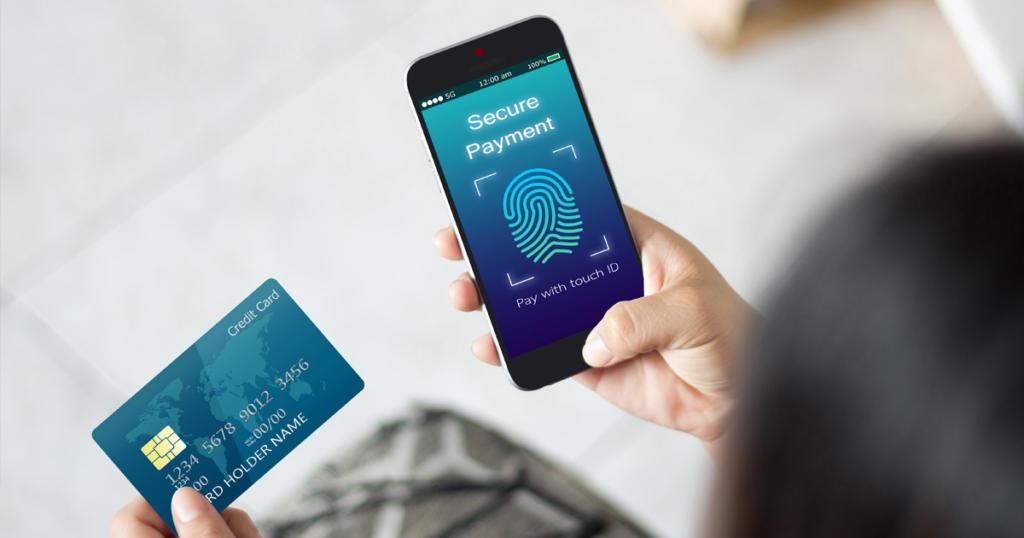 Banks are starting to question just how effective passwords really are at protecting their customers’ accounts. Customers also increasingly view passwords as outdated and insecure, particularly for use on mobile devices.
Banks are starting to question just how effective passwords really are at protecting their customers’ accounts. Customers also increasingly view passwords as outdated and insecure, particularly for use on mobile devices.
Tech pundits have speculated that biometrics will soon replace use of passwords on mobile devices and that the financial industry will be the leading the transition.
Why banking? Most importantly: why mobile biometrics?
